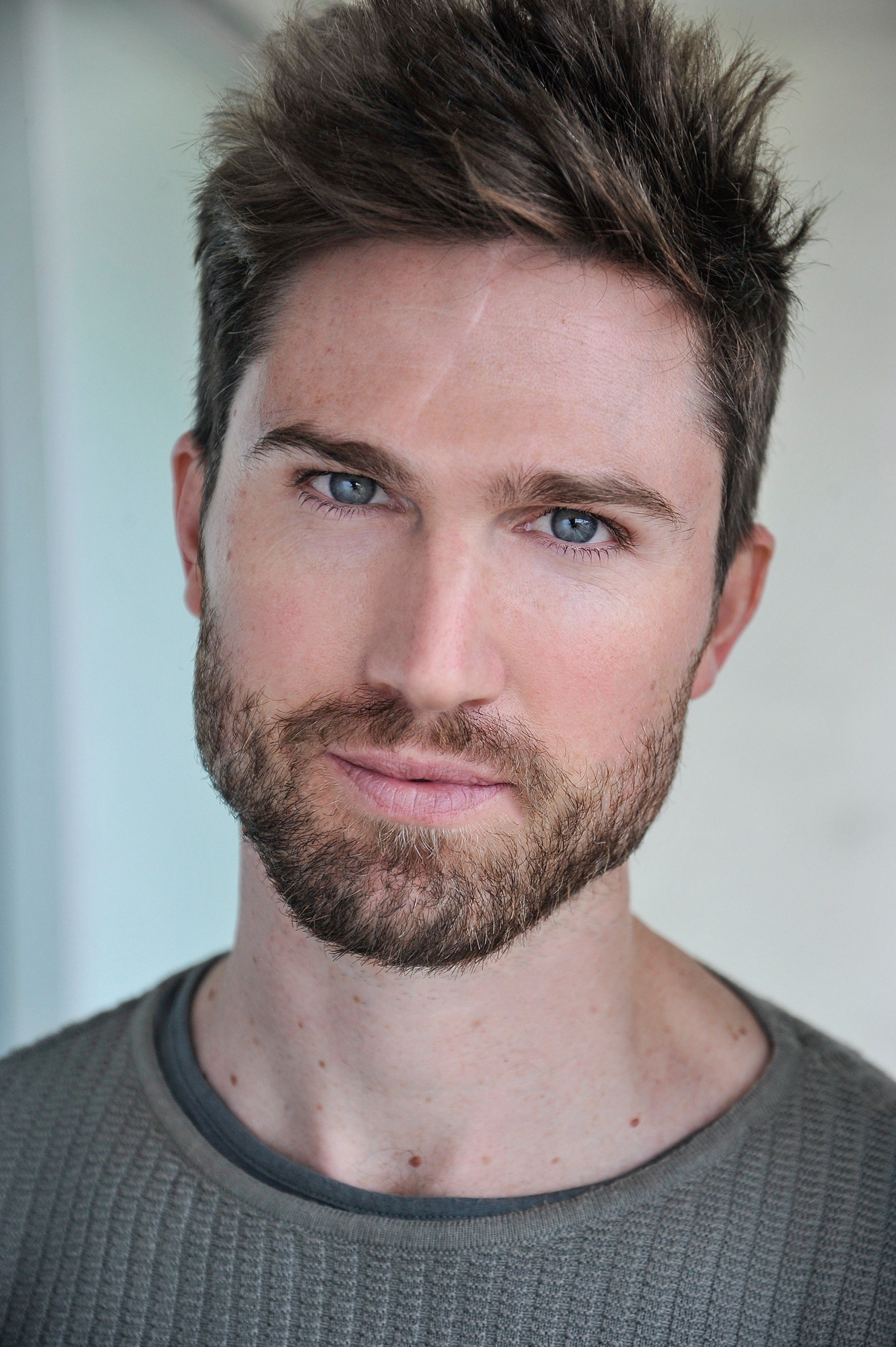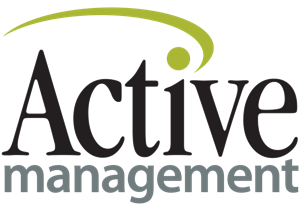Ten Tips To Improve Your Vocal Technique

Voice training can be as liberating and energising as any other kind of physical exercise. But just like a physical work–out, poor vocal technique can lead to strain, fatigue and injury. To ensure you’re using your voice optimally, try these tips:
- Keep hydrated and get plenty of rest. Stress, tension, and dehydration are killers for the voice. If you’re feeling strained or dry in your throat, steaming is a great way to lubricate the vocal folds before and after class (you can buy little green Bosisto’s inhalers from most chemists).
- Think about your alignment. A long spine allows the postural muscles to work only as much as necessary, which supports healthy vocal functioning.
- Free your breath to fuel your voice. Learning to release the musculature around the ribs (front, side & back) and abs on the inhale, and a gentle but firm engagement of the pelvic floor and transverse abdominus on the exhale, allows for a freer, more supported voice!
- Avoid getting caught in your throat. This can lead to tension and fatigue. Instead, place the sound forward onto your hard palate, teeth, and lips. Experiment! Begin with a gentle hum, then round your lips and make an elongated ‘oooo’ sound, imagining the sound travelling through an open channel from your belly to your lips. This simple visualisation can do wonders for relieving tension in the throat.
- Think resonance for a richer, fuller sound. We hear the word projection a lot, but the voice lives within the body, so stop trying to push it out! Encourage more space and allow the bones of your face to resonate, and you’ll never have to ‘project’ again. Experiment! Try some big yawns to open the throat and oral cavities (more space = a richer, fuller sound). Then gently place your hands on your face and hum into them, playing with different pitches. Can you feel vibrations in your hands? That’s your bones resonating! If you fill the studio of your head with tone and vibration, you’ll fill your fitness studio with sound!
- Articulate. Move the muscles of your face like you’re trying to stop mosquitos from landing on it (including your tongue), keep breathing, blow through your lips like a horse a few times, then explore some tongue twisters, always practising with ease and awareness.
- Speak, don’t yell! If you’re resonating and articulating, we’ll hear you! If you’re working with a microphone, simply allow it to be an extension of you.
- Plan ahead. As you plan your classes, think about how you’re going to use your voice to achieve your intentions. Are you going to yell, or will you instead use tone and pitch variation to help motivate your clients? Can you avoid ‘pitching up’ by opening up more space for deeper resonant tones?
- Warm up! Just five minutes of muscle release, breath awareness, placing the sound forward, mosquitos on face, and tongue twisters with ease can save your voice.
- Have a session with Rob to go deeper into learning how to use your voice more efficiently and effectively.
About me:
I’m an experienced voice and acting coach based in Sydney, Australia. I work with performers and non-performers alike, applying vocal techniques and principles of actor training to help people rediscover their innate vocal freedom.
I hold a Master of Fine Arts in Voice from the National Institute of Dramatic Art (NIDA) and a Bachelor of Arts degree from the University of Melbourne. I’m also a graduate of the Atlantic Acting School’s Professional Conservatory in New York City, and have worked extensively as an actor and teacher both here in Australia and overseas.
My experience includes residencies at some of the world’s top acting conservatoires, such as NIDA, Yale School of Drama, and Carnegie Mellon School of Drama. When I’m not coaching privately, I teach voice, text, and acting on the Bachelor of Fine Arts (Acting) and Master of Fine Arts (Voice) courses at NIDA.

Rob is an experienced voice coach with a Masters Degree in Voice from NIDA. He works with performers and non-performers alike, applying vocal techniques and principles of actor training to help people develop a free, flexible and resonant voice. Rob coaches privately and also teaches voice and acting at NIDA.
